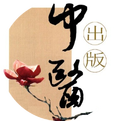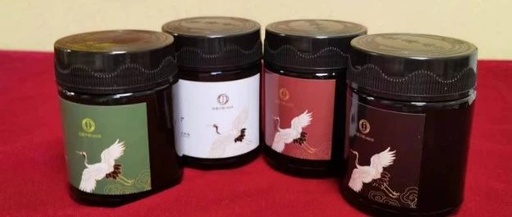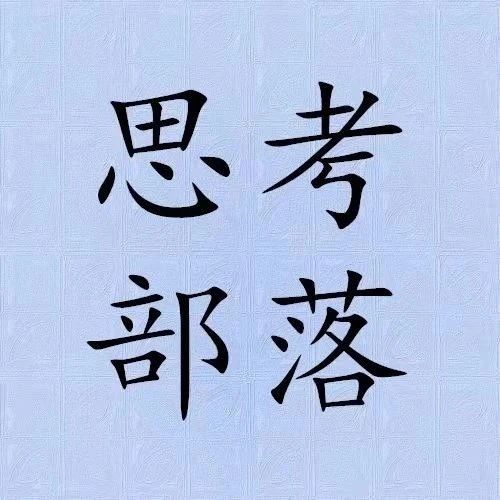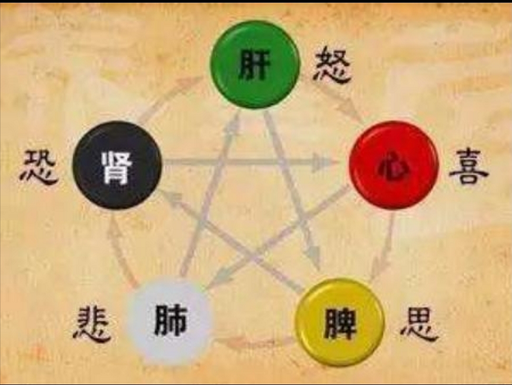Effective Treatment of Drug Poisoning with Acupuncture
Overview of Poisoning Drug reactions refer to adverse effects caused by the introduction of therapeutic, diagnostic, or preventive medications into the body through various administration routes, such as oral intake, injection, nebulization, or suppositories. A small portion of these reactions are toxic responses, which can occur independently or coexist with other reactions. Additionally, there are … Read more










